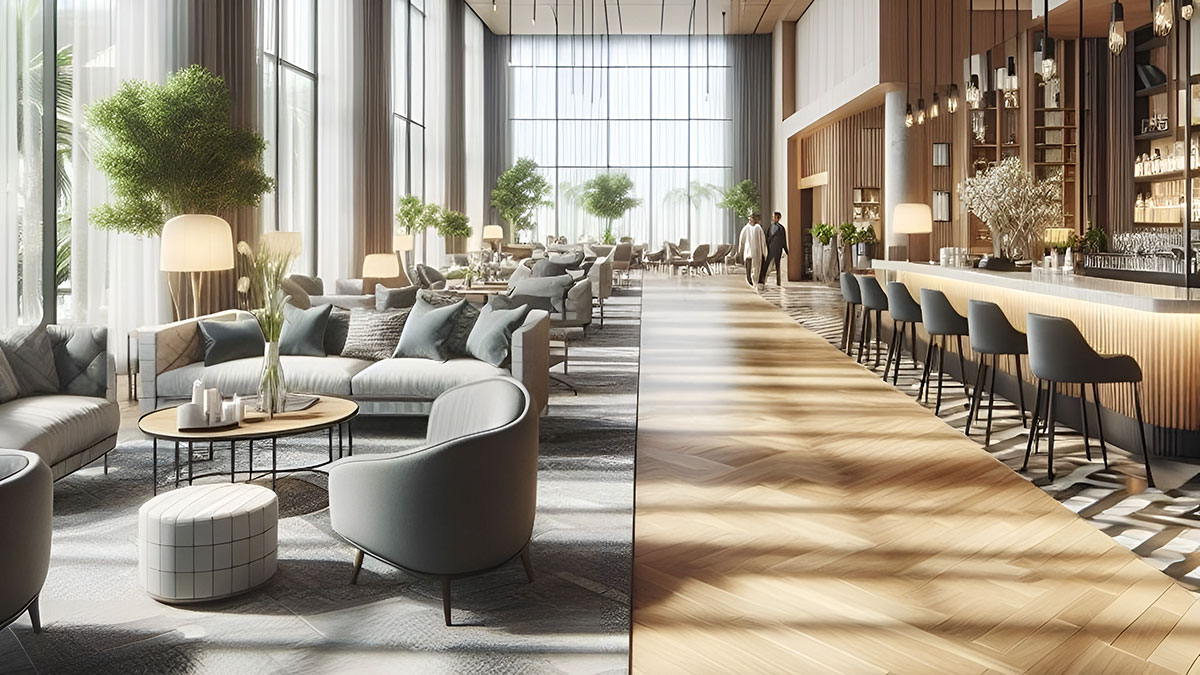Natural light has an important influence on architecture. Its presence affects the aesthetics, functionality and energy efficiency of a space, as well as the well-being of its occupants. Let’s see how:
–Aesthetics and ambience: natural lighting accentuates the beauty of architectural space, as it enhances textures, colours and other details, and provides a warm and welcoming atmosphere.
–Energy savings: the use of natural light reduces dependence on artificial lighting and therefore reduces energy consumption. This not only benefits the environment, but also saves money in the long term.
–Well-being and productivity: naturally lit spaces contribute to healthier, more attractive and relaxing environments. As is well known, regular exposure to natural light is associated with health, improved mood, sleep and therefore productivity.
–Sustainability: the integration of natural light is fundamental to sustainable design. Efficient use of solar energy reduces electricity demand and reduces the carbon footprint of a building’s operation.
–Changes in the day: Daylighting provides a dynamic variation of light, with changing environments that stimulate users and connect them to circadian rhythms.

However, each geographical area has specific regulations in this respect, which regulate lighting conditions according to different uses and locations. Amusement Logic’s Design Department considers these regulations in each of the places where it develops its activity of design, architecture, development and construction of leisure and tourism projects.
By Ángel Ibáñez Pérez, senior MEP engineer in Amusement Logic’s Architecture Department.






